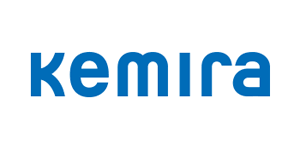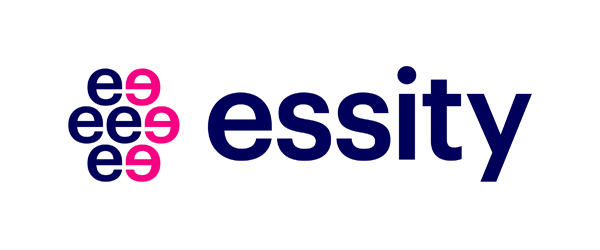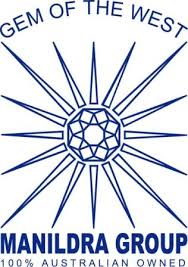GENERATION OF HIGH-VALUE PRODUCTS FROM SIDE STREAMS
OF THE FORESTRY, PULP AND PAPER INDUSTRY
Gloria Diaz Arenas
Bioresource Processing Research Institute of Australia (BioPRIA), Monash University, Australia, ARC Industrial Transformation Research Hub for Processing Advanced Lignocellulosic Products (PALs), University of Tasmania & Monash University, Australia, Department of Chemical Engineering, Monash University, Australia
Email: This email address is being protected from spambots. You need JavaScript enabled to view it.
Keywords: Enzymatic hydrolysis; Ion Chromatography-Mass Spectrometry; Xylan; Xylooligosaccharides.
Sawdust, chipping waste, bark, and fibre, as well as effluent streams from chemical (kraft process) or thermomechanical pulping (TMP) are side streams of the forestry, pulp and paper industry, that are currently underutilised but have the potential to be converted into a new revenue stream through the generation of high-value products. Particularly during pre-treatment and primary refining in TMP, the released process water may contain up to 3 g/L of hemicellulose which can be recovered and utilised for the extraction of xylan. Xylan, a polymer of xylose, is one of the main constituents of hemicellulose which, after enzymatical treatment depolymerises into xylooligosaccharides (XOS) with prebiotic, antioxidant, and antibacterial properties. Integrating XOS production with the existing process water of the pulp and paper industry, not only supplies functional molecules for the pharmaceutical, phytopharmaceutical, and food sectors, but also results in the reduction of carbohydrates from the process water and the costs associated with the water treatment. Selecting the conditions involved in the enzymatic hydrolysis becomes a crucial step to target the desirable XOS, as their potential applications vary depending on the type and number of branches, as well as the degree of polymerisation (DP). Comprehensive characterisation of the resulting liquors from the enzymatic hydrolysis is the next essential step for the identification and quantification of generated compounds. To produce a wide range of XOS, different variables including incubation temperature, reaction time, pH, enzyme to xylan ratio, involved in the enzymatic hydrolysis of xylan, were evaluated. The resulting hydrolysis liquors were characterised by Ion Chromatography-Mass Spectrometry which allowed the detection of twenty-two compounds with linear and branched XOS. The highest amount of linear XOS produced (DP 1-6) was 383.6 mg XOS per gram of xylan.

Gloria completed a Batchelor’s degree in Chemical Engineering in 2015 at the Industrial University of Santander, Colombia. She obtained a Laureate Honours award for her thesis and a prize for the best thesis in Chemical Engineering of the year. She got an internship at the oil and gas company, Ecopetrol. She then became a part of the national program of COLCIENCIAS Young Researcher, working at the research group CENIVAM at the Industrial University of Santander.
Currently, Gloria is a PhD student at the Bioresource Processing Research Institute of Australia (BioPRIA) at Monash University. Gloria’s PhD project is focused on the production and separation of oligosaccharides from hardwood biomass. This project is fascinating because it aims to innovatively apply engineering approaches to develop sustainable processes for the obtention of functional products from biosources. It represents the possibility of implementing biorefinery models in the existing industries."


































